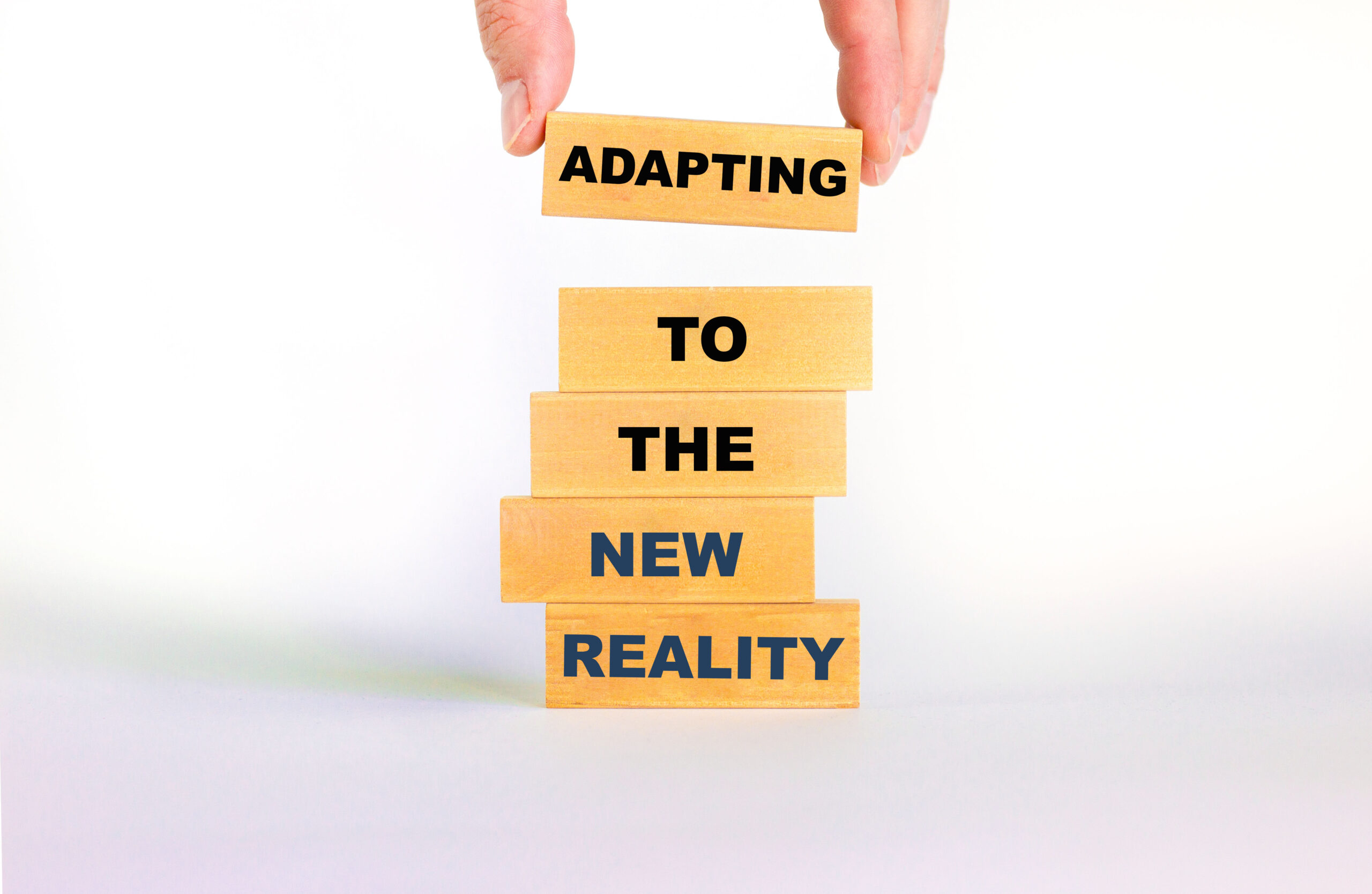Adapting Industrial Age Organizations for the Pace of Change, Innovation, and Problem Solving in the New Reality
I am frequently asked how to transition siloed Industrial Age hierarchies into more dynamic organizations, particularly in healthcare.
I speak with management teams and boards on the subject–for no fee. Feel free to reach out to me if you are interested.
 Adapting Industrial Age Organizations for the I suggest reading The Potentialist, Your Future in the New Reality of the Next Thirty Years, paying particular attention to Chapter Five, The New Work, and the Collaborative Revolution.
Adapting Industrial Age Organizations for the I suggest reading The Potentialist, Your Future in the New Reality of the Next Thirty Years, paying particular attention to Chapter Five, The New Work, and the Collaborative Revolution.
I also recommend reading The Potentialist, The Pursuit of Wisdom, paying particular attention as it applies to change in Chapter 4, the Psychological Body, the Ego and Shadow, and Chapter 9, Reframing Fear.
Imagining dynamic, adaptable organizational models to replace the hierarchies we know is as challenging for us as for custom crafts persons in the 1760s imagining a factory.
But what we imagine, we can create, and what we create can exceed our imagination.
- What if functional units were replaced by a handful of talented team members driving artificial intelligence solutions?
- What if the remainder of your most talented team members functioned equally to the best in their field?
- Imagine every nurse or community health worker with the most brilliant nurse or internal medicine physician available 24/7/365 on their smartphone for research, coaching, tutoring, or advice if no human physician is available.
- Imagine your enhanced workforce devoted solely to innovating and solving problems.
- What if hundreds of possible innovations or solutions could be tested or played out in games in hours?
- What if teams were constantly reconfigured and reassembled using AI-assisted tools to match the best talent to the creative task?
- Imagine these AI-enabled and augmented teams collaborating as a single mind.
If running a major corporation today, I would create four small teams of my best execs and professionals from my direct reports or reporting to us.
- Team 1: How do we change our top-down siloed hierarchy to make it dynamic and responsive to speed innovation and market responsiveness using technology, collaboration, and collective urgency to overcome barriers and individual self-interest?
- Team 2: How can we democratize our products and services using the seven characteristics of democratization on page 55 of The Potentialist: Your Future in the New Reality of the Next Thirty Years?
- Team 3: How can we make our talent immediately more productive by eliminating tasks they shouldn’t be doing and augmenting them with an AI AlterEgo of the best in their field for research, coaching, tutoring, or advice? Rank every job “A-B-C” based on the most challenging to replace, recruit, and importance to mission and P&L.
- Team 4: Who will oppose changes from self-interest, fear of change, or interest in maintaining the status quo, and how can it be overcome? Fifty percent resist change. 15% are vehemently opposed. Change breaks eggs and gores someone’s ox, particularly in healthcare, and must be thoughtfully but resolutely addressed.
I would set a six-month deadline for working models.Healthcare leaders should send a clear message to those resisting change in healthcare organizations. Something like this.
“We have a healthcare crisis that is rapidly worsening, requiring prompt, decisive action. We have too few clinicians to care for a rapidly aging population in virtually every discipline and job. The evidence is overwhelming. It’s taking too long for patients to see clinicians, who struggle for quality time with patients because of workload. Siloes in care and miscommunications cause delays and errors in care, misdiagnoses, and undiagnosed problems to go untreated.”
“We cannot train enough people fast enough to meet the demand. Quite simply, we cannot adequately provide care to an aging population the way we are doing it today without overworking the people we have, driving them and those considering the professions to choose less demanding alternatives. Thankfully, help is coming through technology, especially artificial intelligence and robotics, and more efficient, dynamic, responsive healthcare organizations.”
“Some people are innately resistant and suspicious of change, especially AI and robotics. We must ask them in the interests of patient care during this crisis to embrace unavoidable change calmly and courageously instead of with knee-jerk reactions. We need every healthcare worker we have today and then some.
The fear of technology replacing people is unfounded and illogical. Instead, we need everyone to operate at a higher level of performance. This can be achieved without working harder by removing tasks not required by a professional’s skill level and providing automated support so they can perform at their best. Automated solutions will be imperfect, just as we humans. The goal is for automation to make fewer mistakes than humans that are easier to identify and correct.”
“Let’s face the challenges head-on. Our patients are counting on us. Failure makes us responsible for unnecessary suffering. When we succeed, we will have led the way to a healthier population through better healthcare systems and higher-performing healthcare professionals.”
I hope you find these suggestions helpful.



